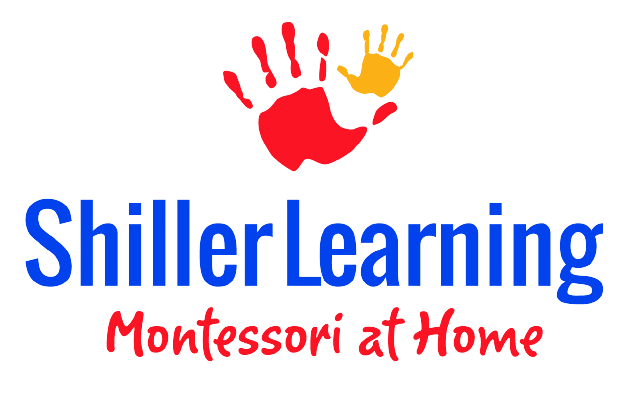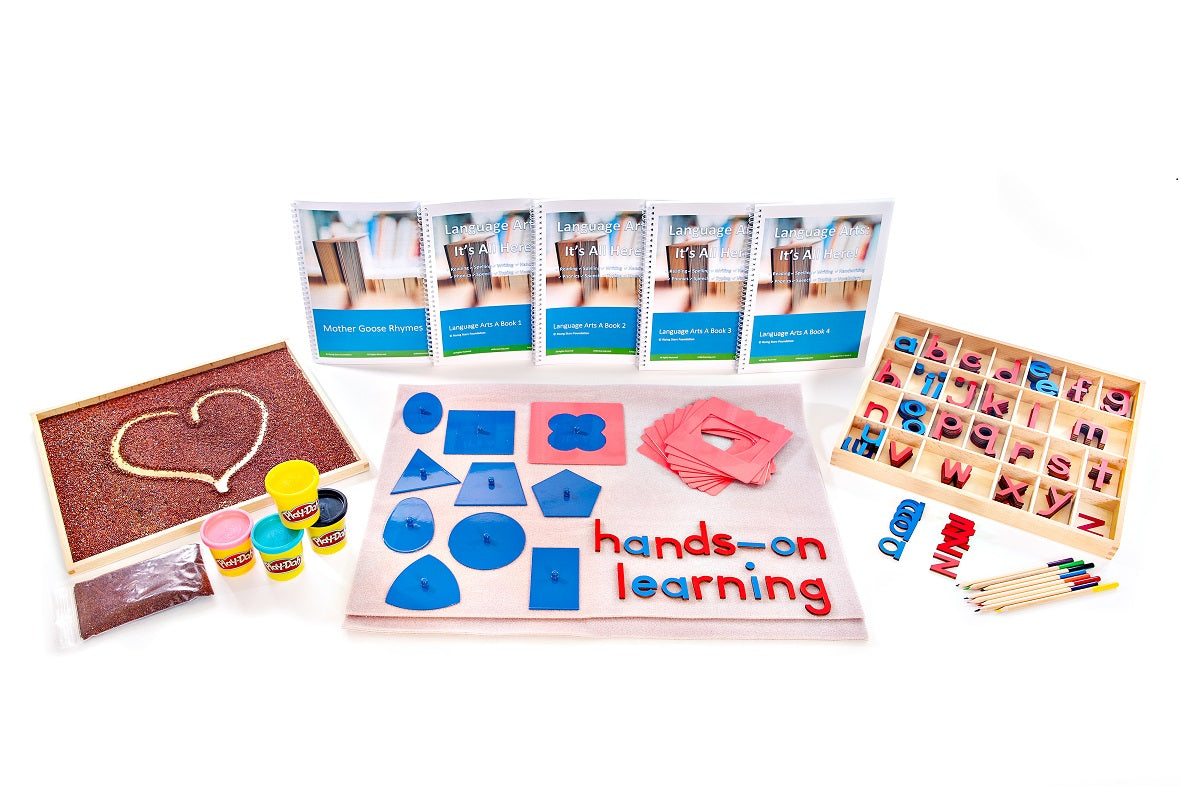Fractions Practice for All Ages- Made Fun!
What do these objects all have in common?
- Pizza
- A dollar bill
- An apple
- Children’s building blocks
Not quite sure? They are all excellent tools for fractions practice.
Fractions Practice Doesn’t Have to Be Hard
Parents often ask about when to introduce fractions. There seems to be a lot of confusion and stress over the topic of fractions. It’s an important concept for children to understand. However, parents find it’s difficult to help kids *get* them. It doesn't have to be that way!
Each and every day our children are eating fractions. They’re playing with fractions. They’re seeing fractions at the store. They are all around us- we just have to look in the right place!
We can begin introducing ½, ¼, ⅓, etc. to our children at a young age. When we split a sandwich, we tell each child they may have half. When we cut into that delicious pie, we can explain to our children how we’re dividing it up and why. Involving children in cooking is one of the best ways to introduce this concept. They’re in our recipes, our measuring cups, and in how we serve our food.
As our children get older, they can work with money. Cash is an excellent tool for fractions practice. They begin to understand four quarters = 1 whole ($1). They can see how much change is needed and convert that appropriately. If we switch over to cash only at the store, our kids can help count it out. It will give them valuable experience and financial wisdom!
Children’s building blocks are also full of fraction games! If you download our FREE activity pack, you’ll learn all about how to find and use them. As you can see, even if we’re not teaching fractions, our kids see them everywhere. From our food to our signs, their toys, at the store- they are everywhere!
How to Teach Fractions in a Way Your Kids Will Get
Even though they’re everywhere, we still need to teach the fundamentals. We need to teach how to use them and why they matter. It doesn’t have to be dull worksheets and rote memorization! Here are some teaching tips.
- Make it hands-on! Maria Montessori said, “What the hand does, the mind remembers.” We all learn best through hands-on learning. Use fraction circles in your lessons to make it hands on. They’ll give a visual and tactile concept of what you’re teaching. Even preschoolers can start with these hands-on materials.
- Show real-life examples. We’ve already discussed this a bit above. Anytime you’re cutting, measuring, or dividing- let the kids in on it.
- Start with a whole. It’s much easier to *get* what one whole is. You can start to break it down after that.
- Have a foundation for division. Before you can advance too much, kids need to have the basics of division. There’s a lot that can be done before division comes onto the scene. Parents are often frustrated when they try to advance into higher-level concepts and the kids are confused. Usually, this is because they don’t understand division well yet. Around 3rd-4th grade is a good time to move into some of the more advanced skills.
- Teach to all the senses. When we incorporate multisensory learning, we stimulate all the areas of the brain. This helps children grasp concepts and cements them for the long term. We’ve created a beautiful activity pack to help you do this. You’ll find fraction games for kids of all ages, that engage the senses.
You Can Teach With Fractions in A Way Kids Will Get With NO Prep Work, Stress, or Tears!
Yes, it’s possible! They can be taught in a way kids will love. They’ll jump at the chance to learn. You’ll love not having any prep work, pre-reading, or fights over school work. Older kids can even work independently.
If you’re ready to dive in a bit deeper than this activity pack, keep reading.
We have put together an entire ShillerLearning Fractions Kit. It’s almost 200 pages of lessons. It comes with TWO sets of our beautiful, high-quality fraction circles, fractions songs, pre-scripted lessons, and answers. Everything you need to start. All you need to do is open and go, seriously, no prep work required. Do the first diagnostic test to see what lessons you need to cover. Then jump into the lessons. Our lessons use the 3-Period lesson from Montessori’s philosophy and all the senses to help kids learn!
It’s the perfect companion to this fun FREE activity pack.
Teaching on a Budget?
If you’re on a budget, start with this activity pack. There are activities for the whole family to work on together. You’ll also find independent Montessori-based works you can add to your home shelves.
In the pack, kids will cook, play, take a field trip, enjoy fraction games, and fractions practice in the real world. It’s the perfect place to start while you save up money for the kit! All the activities have been kid-approved by the kids of the ShillerLearning team.
We can’t wait to hear how much your kids love this pack!






